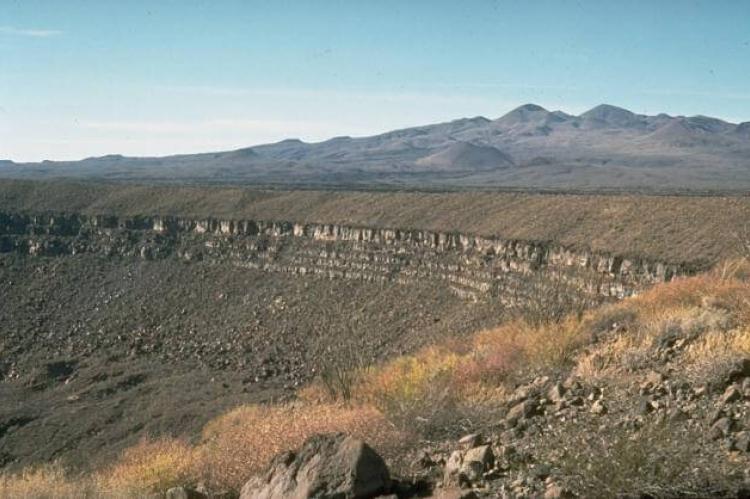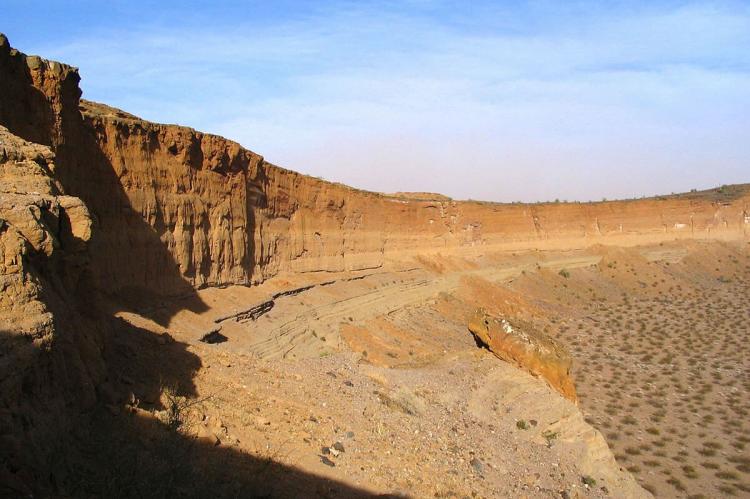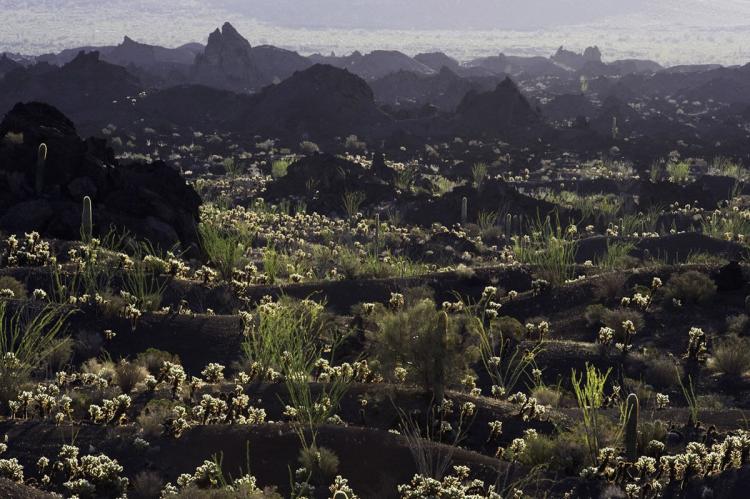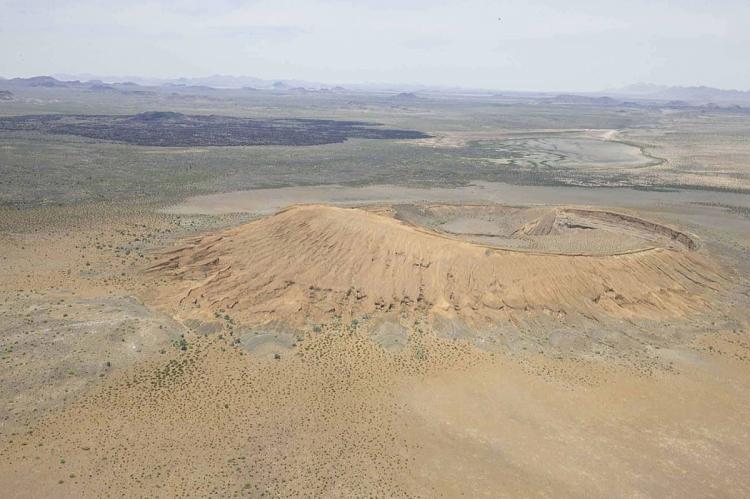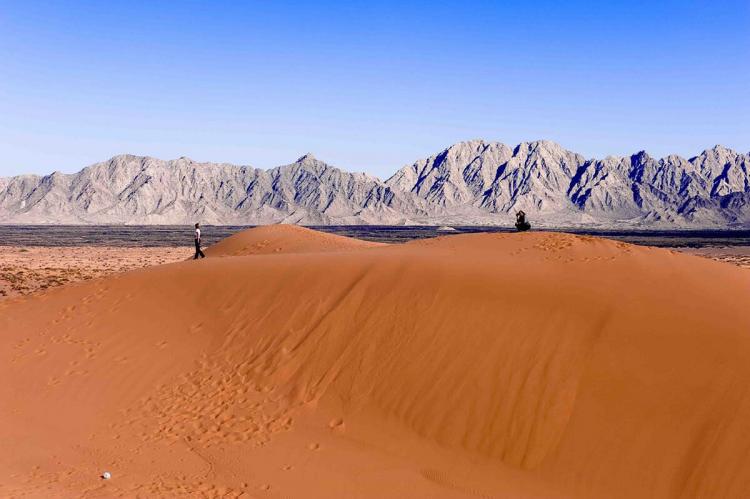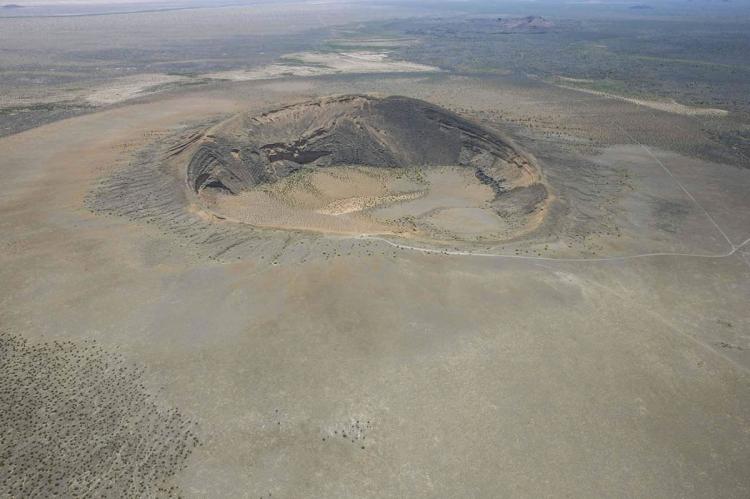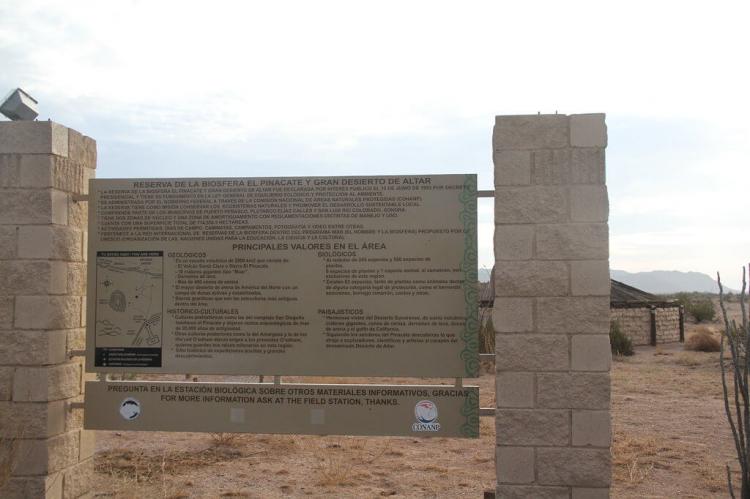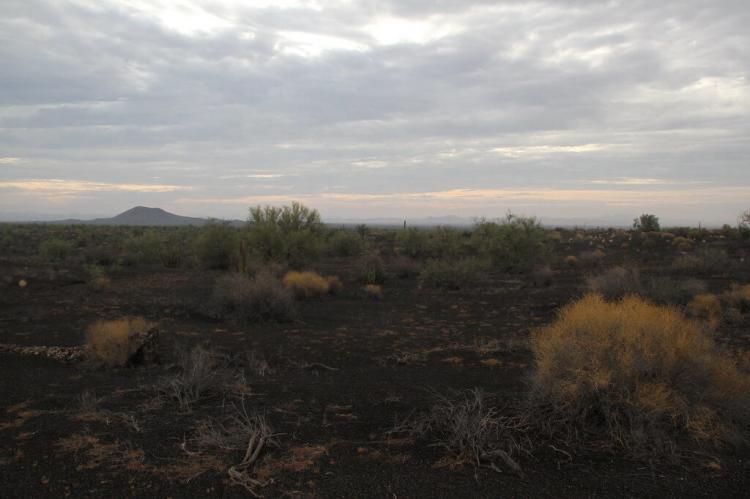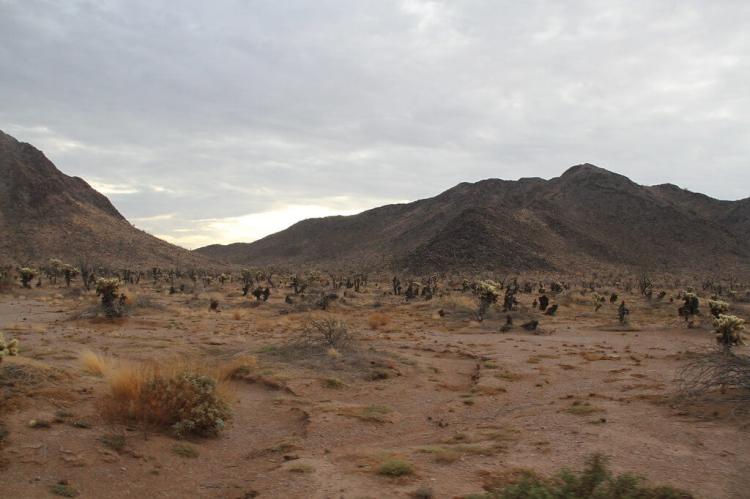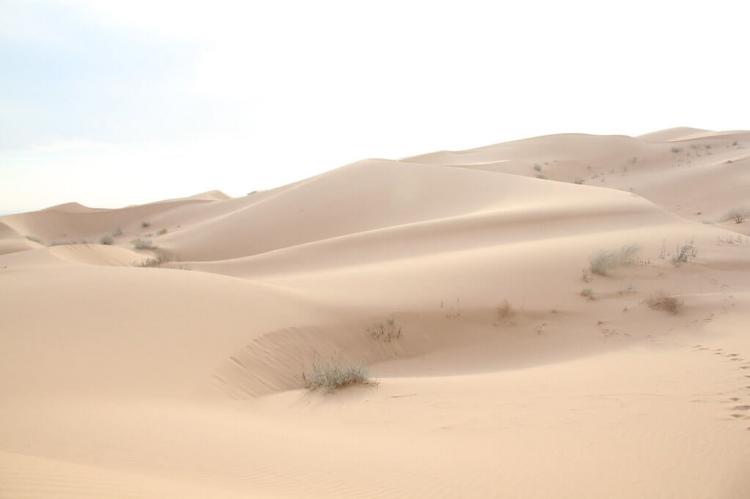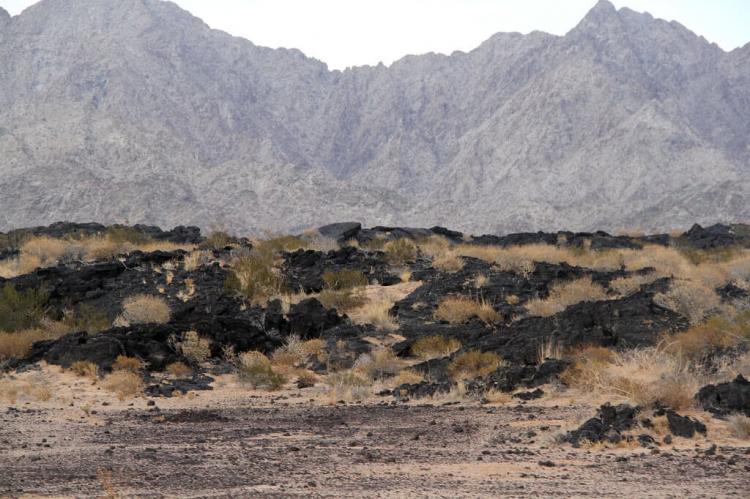Alto Golfo de California and El Pinacate Biosphere Reserve (Mexico)
The Alto Golfo de California and El Pinacate Biosphere Reserve comprise the Pinacate area, Gran Desierto de Altar and Bahía Adair on the Gulf of California’s border in northeastern Mexico. Geological volcanic formations and the diversity of plant associations create its unique landscape.
Alto Golfo de California and El Pinacate Biosphere Reserve
The Alto Golfo de California and El Pinacate Biosphere Reserve are in the Sonoran Desert in northeastern Mexico. Geological volcanic formations with craters, dunes, oases, beaches, and a diversity of plant associations, create its unique landscape.
The Biosphere Reserve comprises the Pinacate area, Gran Desierto de Altar and Bahía Adair on the Gulf of California's border in northeastern Mexico.
The Sonoran Desert is one of four great North American deserts, along with the Chihuahuan Desert, the Great Basin Desert and the Mojave Desert. It is one of the most significant visible landforms in North America seen from space. A volcanic system known as Santa Clara is the central part of the landscape, including three peaks: Pinacate, Carnegie and Medio.
UNESCO World Heritage Site
The Biosphere Reserve is also a UNESCO World Heritage Site inscribed in 2013 and named "El Pinacate and Gran Desierto de Altar Biosphere Reserve."
The Biosphere Reserve and World Heritage site have a surface area of 714,566 ha (1,765,700 acres) and 354,871 ha (876,900 acres) of the buffer zone. It is a large, relatively undisturbed protected area comprising two distinct broad landscape types.
Landscape
To the east is a dormant volcanic area of around 200,000 ha (494,000 acres), comprised of the Pinacate Shield (Sierra Pinacate), with three prominent peaks: Pinacate, Carnegie, and Medio.
The volcanic shield, with extensive black and red lava flows and desert pavement, boasts a wide array of volcanic phenomena and geological formations. However, the most visually striking feature is the concentration of 10 enormous, deep and almost perfectly circular Maar (steam blast) craters.
In the west, towards the Colorado River delta and south towards the Gulf of California, is the Gran Altar Desert, North America's largest field of active dunes and only active Erg dunes (windswept sand without vegetation). The dunes can reach 200 m (650 ft) in height and contain various dune types. The dunes originate from sediments from the nearby Colorado Delta and local sources.
In addition, several arid granite massifs are emerging like islands from the sandy desert flats, ranging between 300 and 650 m (1,000 and 2,100 ft) above sea level, representing another remarkable landscape feature harboring distinct plant and wildlife communities.
The variety of landscapes results in extraordinary habitat diversity. The diversity of life forms across different taxa is notable, with many species endemic to the Sonoran Desert or more locally restricted to parts of the property. All feature sophisticated physiological and behavioral adaptations to extreme environmental conditions.
The subtropical desert ecosystem reportedly hosts more than 540 species of vascular plants, 44 mammals, more than 200 birds, and over 40 reptiles, as well as several amphibians and even two endemic species of freshwater fish. In addition, there are threatened endemic species such as Sonoran pronghorn, bighorn sheep, Gila monster and desert tortoise.
Fauna
In the Alto Golfo de California and El Pinacate Biosphere Reserve, the variety of species ranges from marine species to coastal zone species to land species. Flats, beaches and dune systems, granite sierras, and volcanic shield communities are located in the coastal zone.
The land fauna of the reserve is diverse due to the varied mosaic of its vegetation, ranging from that associated with wetland areas to more inhospitable sites found in the sandy regions of the Sonoran Desert. The Colorado River is the primary habitat for the Hogfish (Lachnolaimus maximus).
The Alto Golfo de California and El Pinacate Biosphere Reserve is one of the few places in North America where the Fringe-toed Lizard (Uma inornata) is found. In addition, it is the western limit of habitation for the Gila Monster (Heloderma suspectum). Among the reptiles are the Diamond Rattlesnake, the Coral Snake, the Chameleon and the Desert Tortoise.
The land mammals are mainly representative of the Sonora and San Bernardina biotic provinces: White-tailed Deer, Mule Deer (Odocoileus hemionus), Big-horned Sheep (ovis canadensis cremnobates), the Pronghorn (Antilocapra americana), the Javelina and the Long-nosed Bat, among others.
Marine species include the Porpoise or Vaquita (Phocoena sinus), protected by Mexican law as an endangered species, the totoaba and the Yuma Clapper Rail.
A high diversity of birdlife is found within the Biosphere Reserve, including at least 80 species of land and aquatic birds, both resident and migratory.
Flora
Vegetation includes the species: Saguaro cactus, the Strawberry Hedgehog Cactus (Echinocereus engelmannii), the Thorny Biznaga cactus, the Mexican Palo Verde (Parkinsonia aculeata), and the Ironwood tree, among many others.
